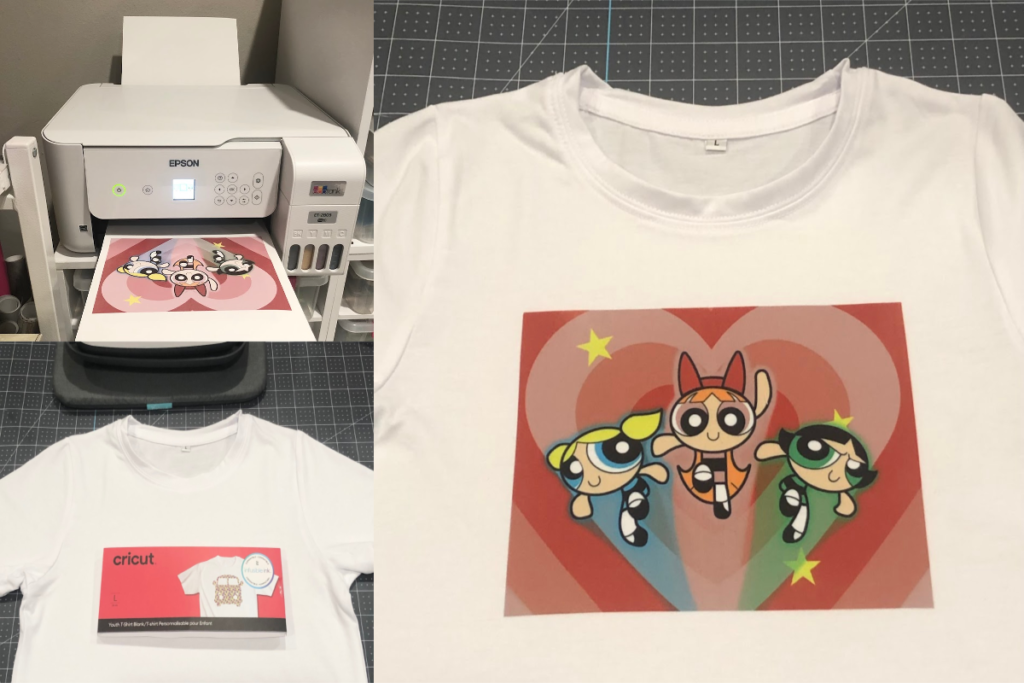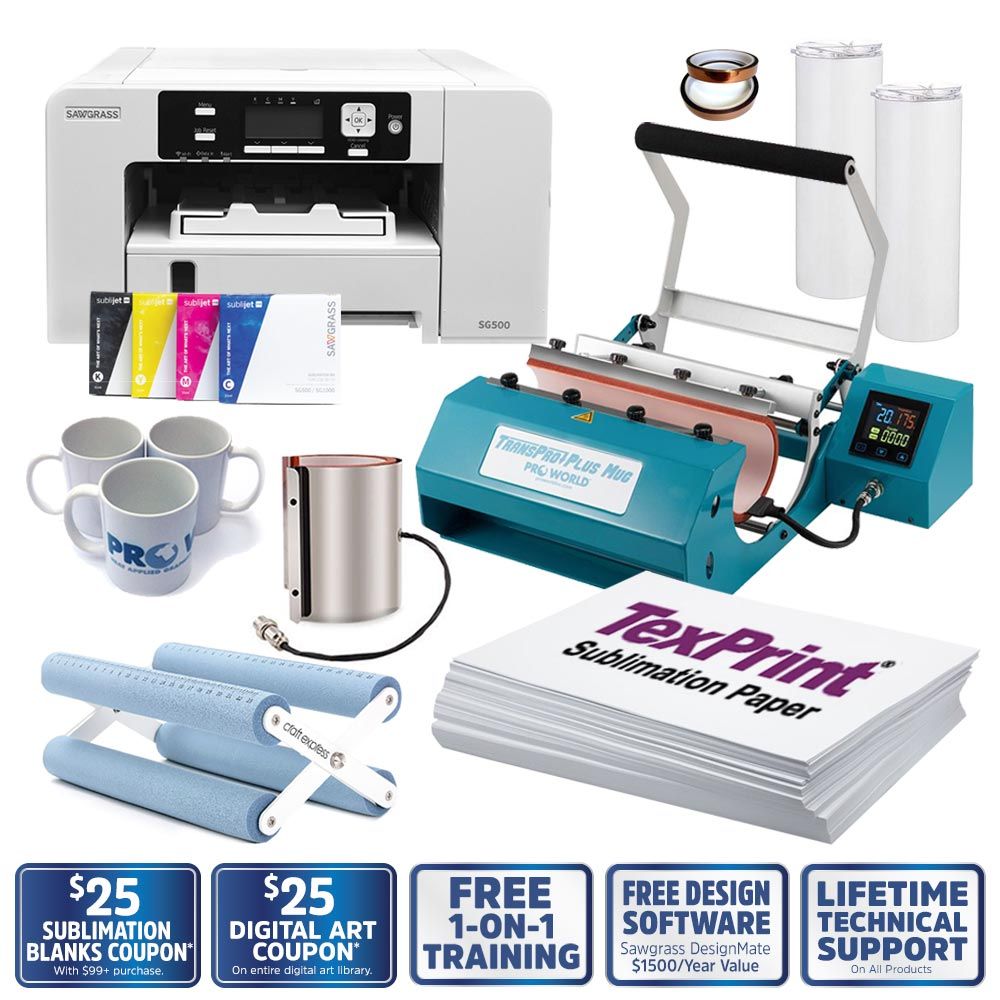From Standard to Digital: Recognizing the Advancement of Fabric Printing
The change of fabric printing from conventional approaches like block printing and stand up to coloring to modern strategies such as screen and electronic printing marks a substantial shift in the textile sector. Just how do these advancements influence the significance of fabric printing, and what might the future hold for this ever-evolving craft?
Standard Fabric Printing Methods
In the very early phases of textile production, typical towel printing techniques offered as the cornerstone of textile design, using both performance and artistic expression. Block printing, one of the earliest methods, included carving elaborate designs right into wooden blocks, which were after that dipped in color and pressed onto material.
Stand up to dyeing, including methods like batik and tie-dye, used wax or other substances to prevent color from permeating particular locations of the textile. This approach produced striking contrasts and complex styles, commonly imbued with social significance. Stenciling, an additional conventional method, involved reducing patterns into a product and applying color through the openings, offering a less complex yet reliable method to create repetitive designs.
These typical techniques not just formed the fabric sector's very early growth yet also prepared for future innovations. Each technique reflected the regional and cultural features of its beginning, preserving and sharing artisanal expertise via generations.
The Surge of Display Printing
The development of display printing in the early 20th century noted a substantial separation from conventional techniques, supplying unprecedented convenience and effectiveness. Display printing enabled developers to generate detailed patterns and dynamic shades on textiles, which were previously testing to attain with block printing or hand-painting methods.
Among the crucial benefits of screen printing is its capability to duplicate intricate designs on a large scale with remarkable fidelity. This scalability made it exceptionally prominent in the business fabric industry, where automation without sacrificing quality is paramount. Display printing suits a broad range of inks and dyes, expanding the palette of appearances and finishes available to developers.
Furthermore, the procedure is very adaptable, ideal for various textile kinds consisting of cotton, silk, and synthetics. This versatility, integrated with its cost-efficiency for huge runs, solidified screen printing's function as a foundation of contemporary textile manufacturing. Thus, the increase of display printing transformed the market, pushing the boundaries of what was feasible in fabric style.

The Advent of Digital Printing
Structure on the amazing innovations brought by display printing, the textile sector experienced an additional groundbreaking growth with the advent of digital printing. Emerging in the late 20th century, digital printing changed the method styles are transferred onto textiles, using extraordinary versatility and efficiency. Unlike conventional techniques, which often required substantial configuration and substantial hands-on intervention, digital printing employs computer-aided design (CAD) innovation to create detailed patterns directly onto the textile with high accuracy.
This technology has enabled textile suppliers to fulfill the expanding need for personalization and on-demand production. By eliminating the need for plates and screens, electronic printing lowers preparations and reduces product waste, making it a much more sustainable choice. The capability to print complex pictures and a vast array of colors in a single pass has actually opened up new innovative methods for designers, promoting a surge in imaginative expression within the market.
Additionally, electronic printing sustains smaller batch manufacturing runs, which is particularly useful for niche markets and startup fashion brands. This technical leap has not just boosted operational efficiency yet additionally democratized accessibility to premium textile printing, establishing the stage for future advancements in fabric layout and production.
Contrasting Techniques: Standard Vs. Digital
While both electronic and traditional printing methods have their very own one-of-a-kind advantages, they differ considerably in regards to process, performance, and environmental effect. Standard fabric printing, incorporating methods like block printing and display printing, entails manual work and intricate workmanship. These techniques are commemorated for their capacity to produce abundant appearances and lively colors, commonly resulting in unique, artisan-quality products. They are labor-intensive, time-consuming, and commonly restricted have a peek at this site in terms of color selection and design complexity.
In contrast, electronic printing utilizes innovative innovation to move styles straight onto material making use of inkjet printers. Digital printing is significantly much faster, enabling for fast turnarounds and just-in-time production, which minimizes the need for large supply storage space.
From an environmental viewpoint, digital printing is usually much more lasting. It utilizes much less water and creates marginal waste compared to typical methods, which frequently entail substantial cleaning and dyeing procedures. Digital printing is significantly favored in an age where ecological considerations are vital.
Future Fads in Cloth Printing
One significant click this fad is the enhanced application of electronic printing modern technologies. Digital fabric printing is expected to dominate the market, driven by its efficiency and adaptability to consumer demands for customized and limited-edition items. Branded clothing.

In addition, the incorporation of clever textiles, which incorporate electronic parts into textiles, is set to revolutionize the marketplace. These textiles can give additional functionalities such as temperature level policy, wellness tracking, and interactive attributes. As innovation remains to advancement, the junction of digital printing and wise textiles will certainly open up new avenues for useful and innovative applications in towel printing.
Final Thought
The development of towel printing from typical techniques to digital innovations notes a considerable makeover in the textile sector. While traditional methods highlight artisanal workmanship and social heritage, digital printing offers unrivaled precision, performance, and personalization. This shift not only enhances manufacturing abilities yet likewise sustains sustainability efforts. Future fads are most likely to proceed integrating advanced innovations, additionally redefining fabric layout and manufacturing procedures to meet contemporary demands and environmental considerations (DTF printing).
The change of cloth printing from traditional methods like block printing and resist coloring to contemporary techniques such as display and digital printing marks a substantial change in the textile sector. Screen printing enabled click here for info developers to generate elaborate patterns and vibrant shades on materials, which were formerly testing to achieve with block printing or hand-painting approaches.
Structure on the remarkable innovations brought by display printing, the textile sector experienced one more groundbreaking advancement with the introduction of digital printing. screen printing. Standard fabric printing, incorporating methods like block printing and screen printing, includes hands-on labor and intricate workmanship. As technology proceeds to advance, the junction of electronic printing and smart fabrics will open up brand-new methods for practical and imaginative applications in cloth printing